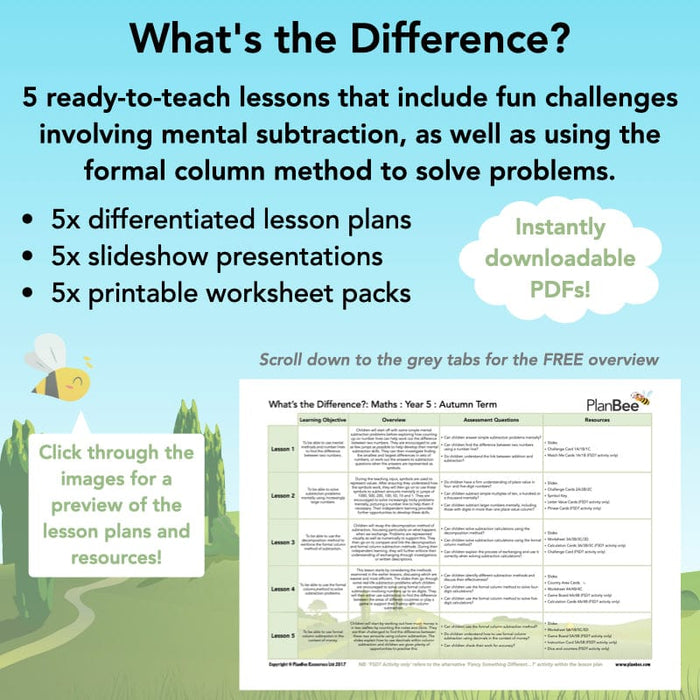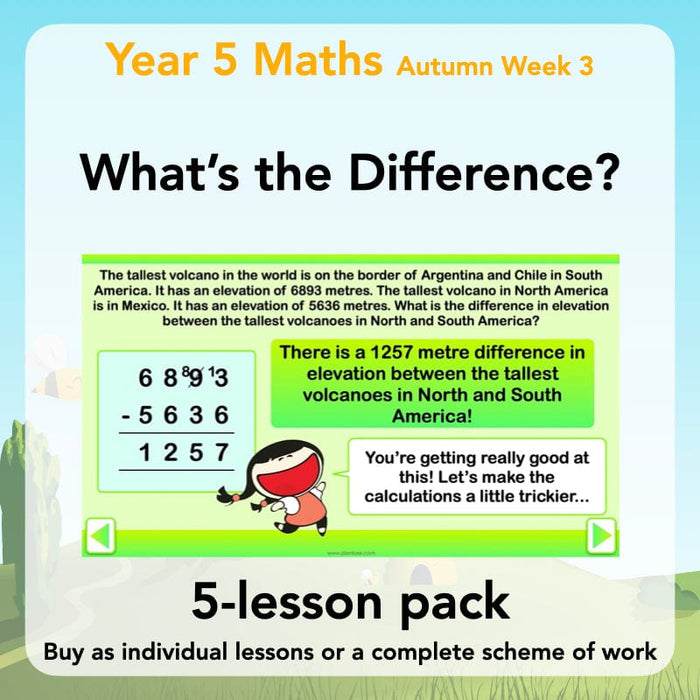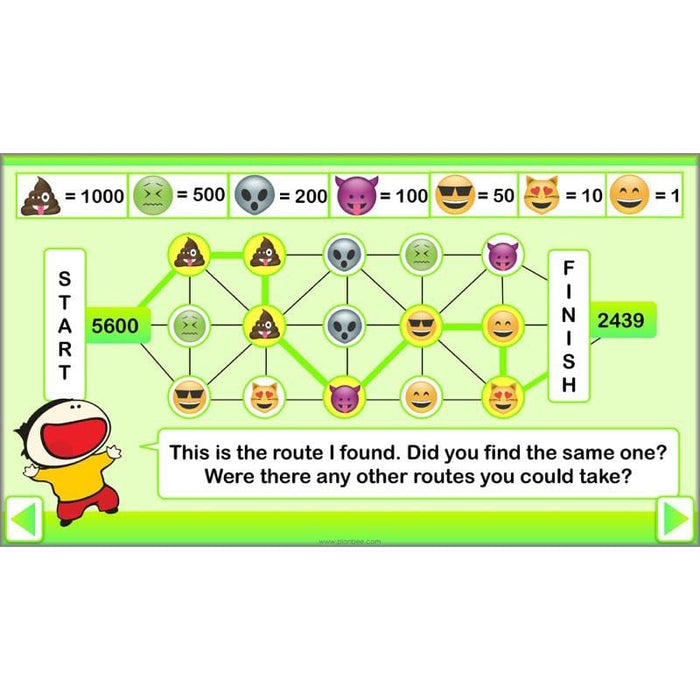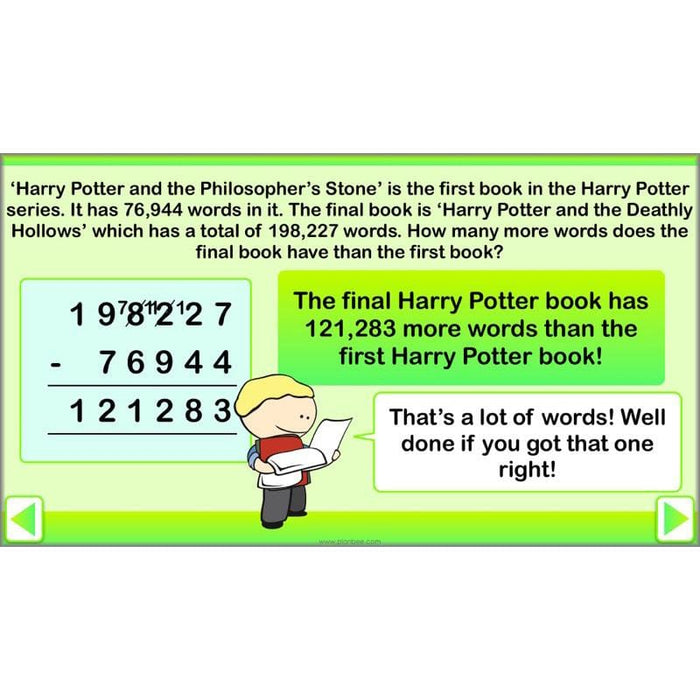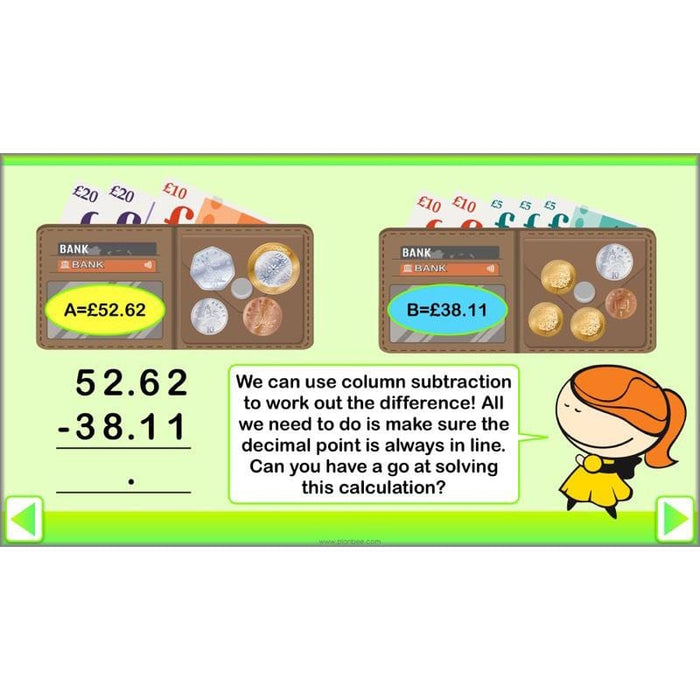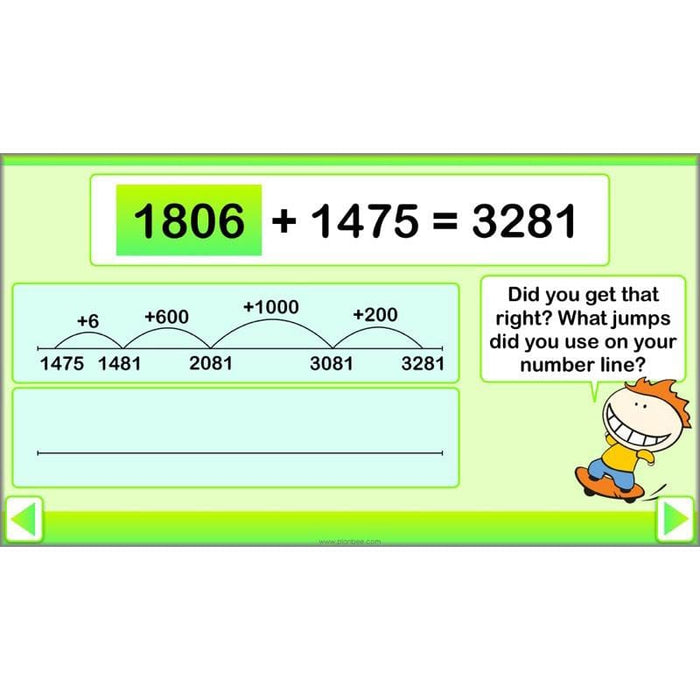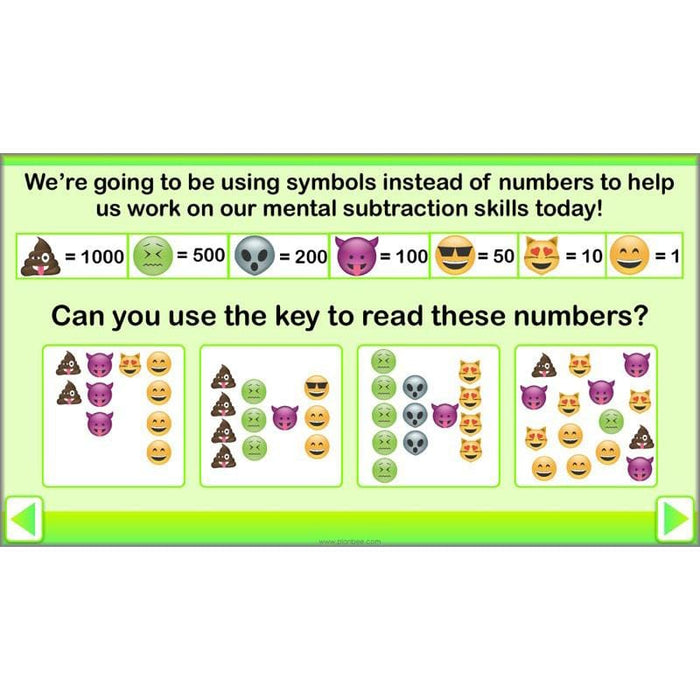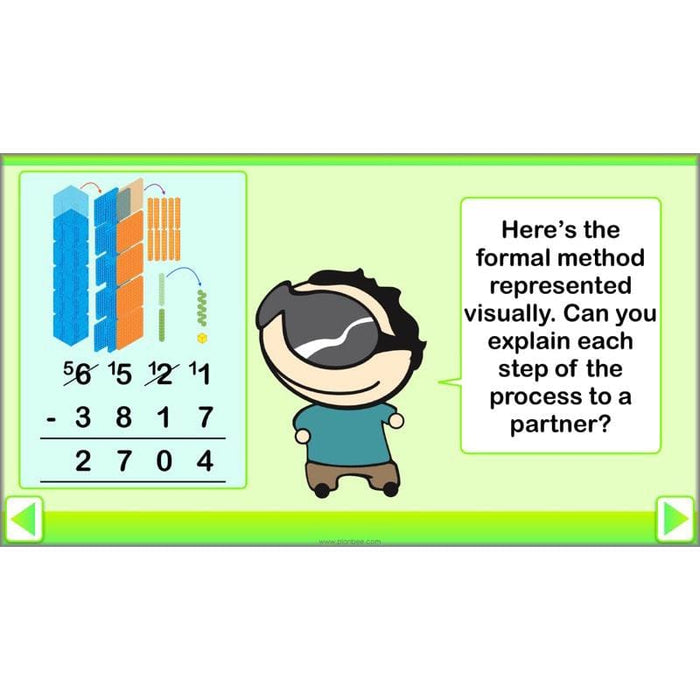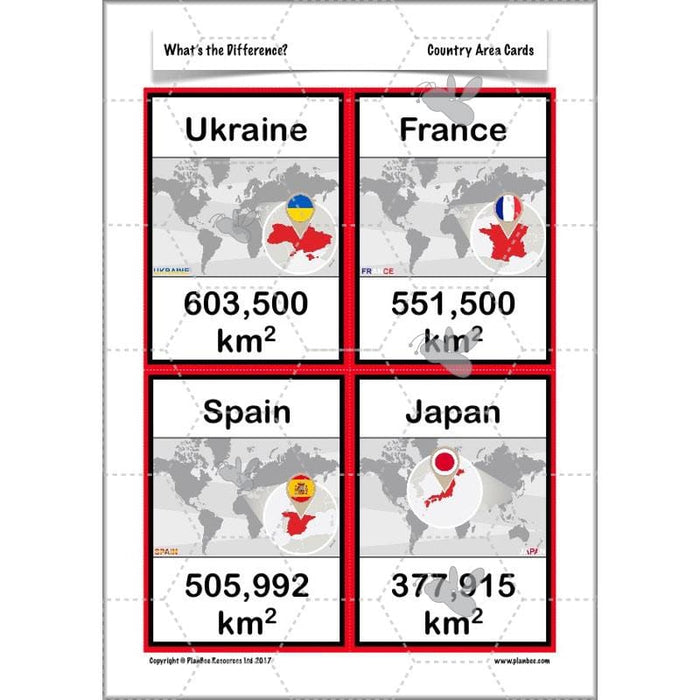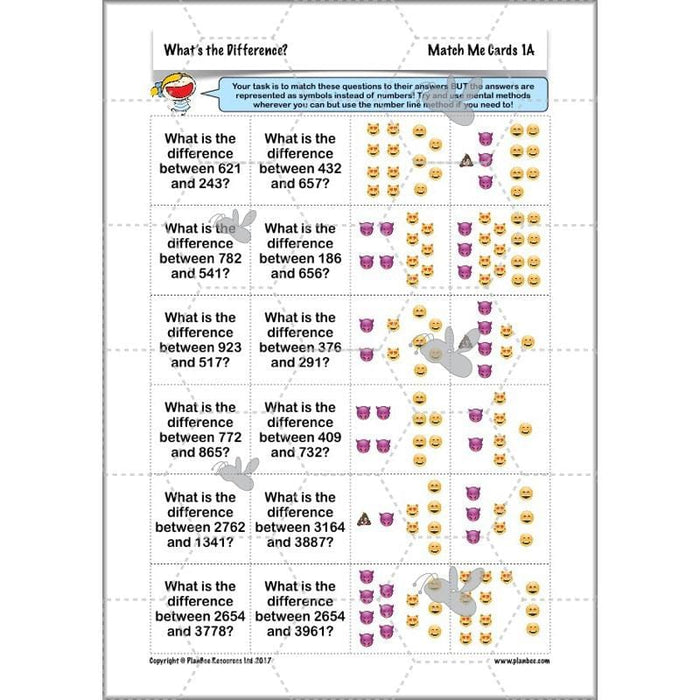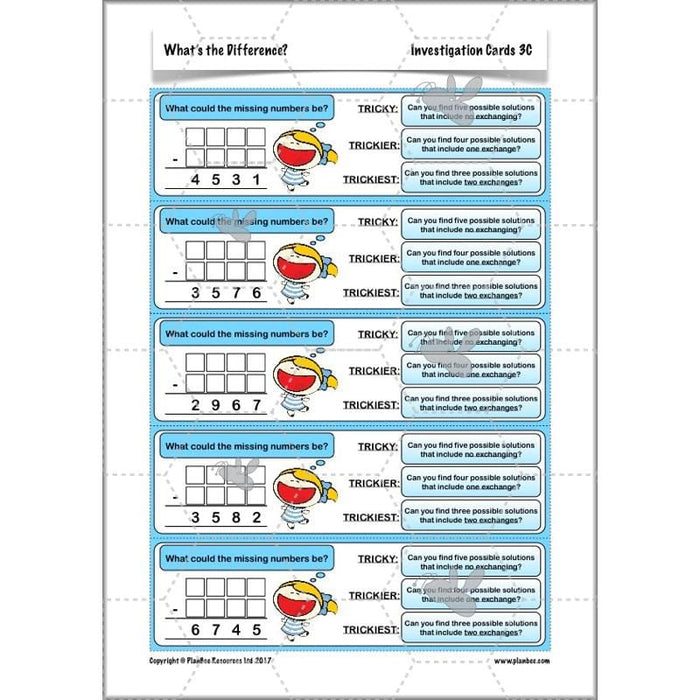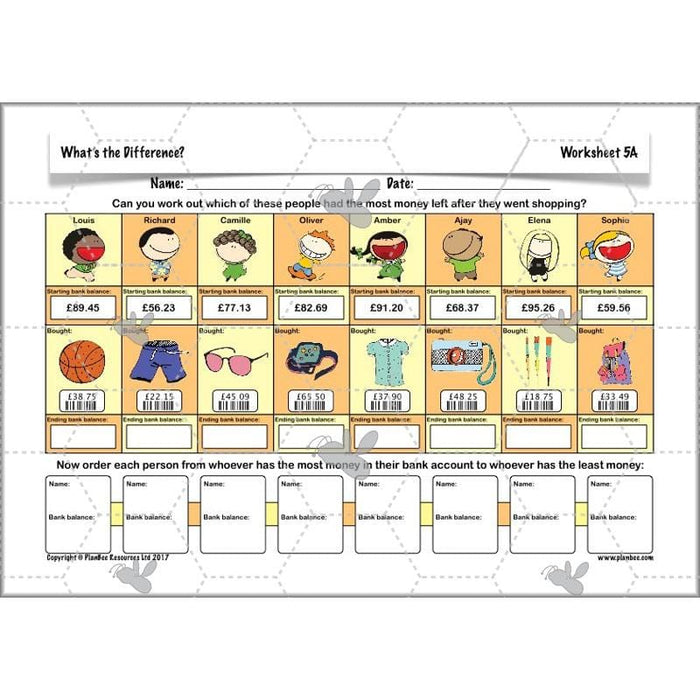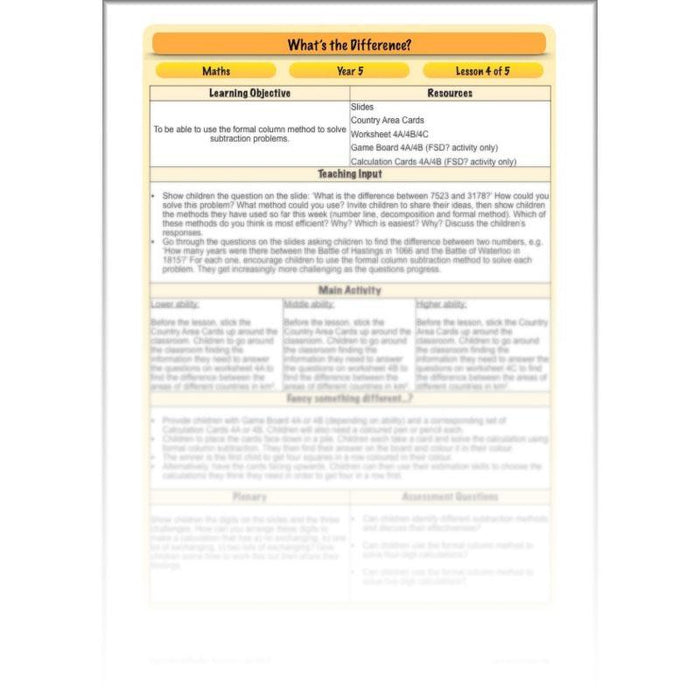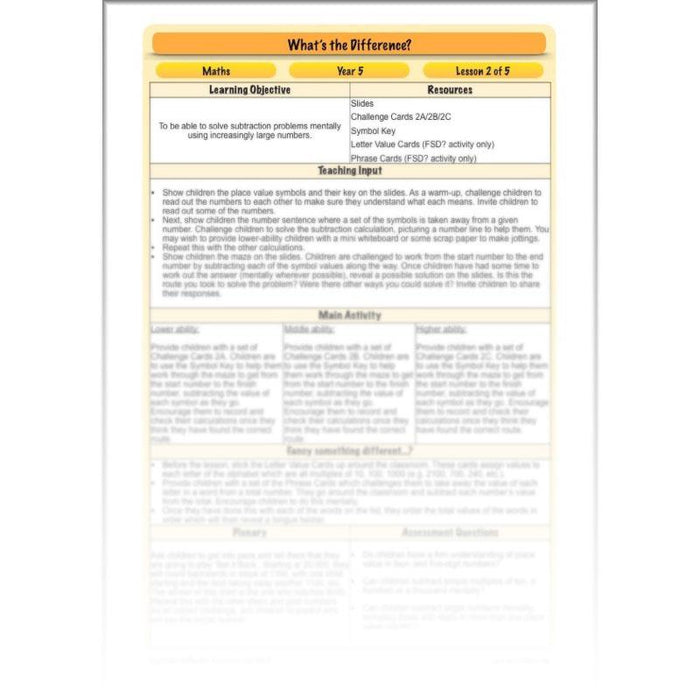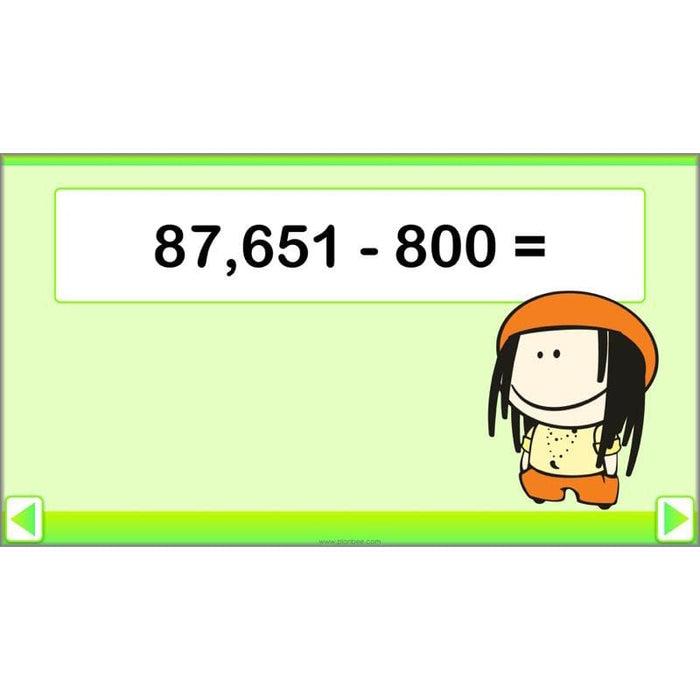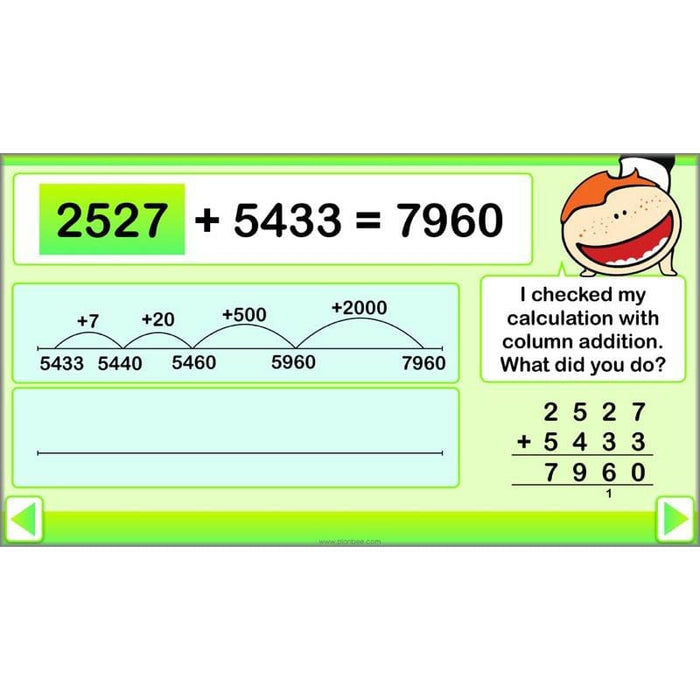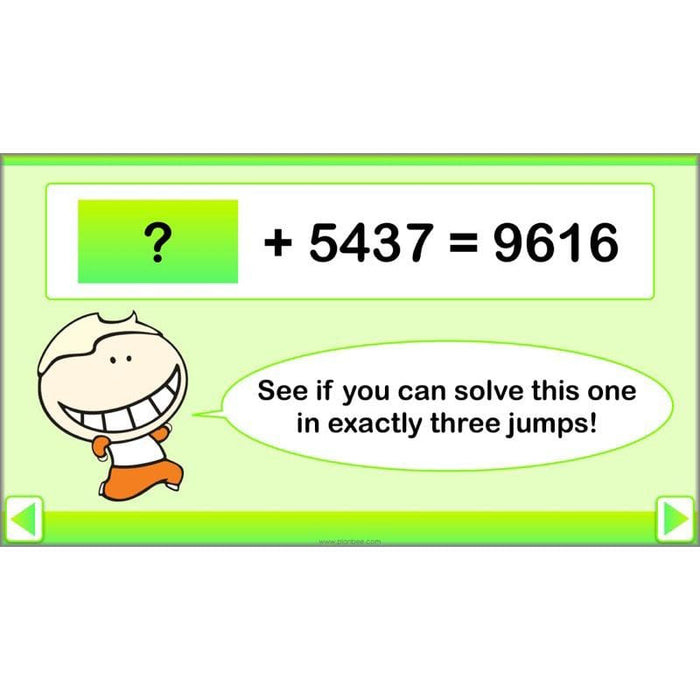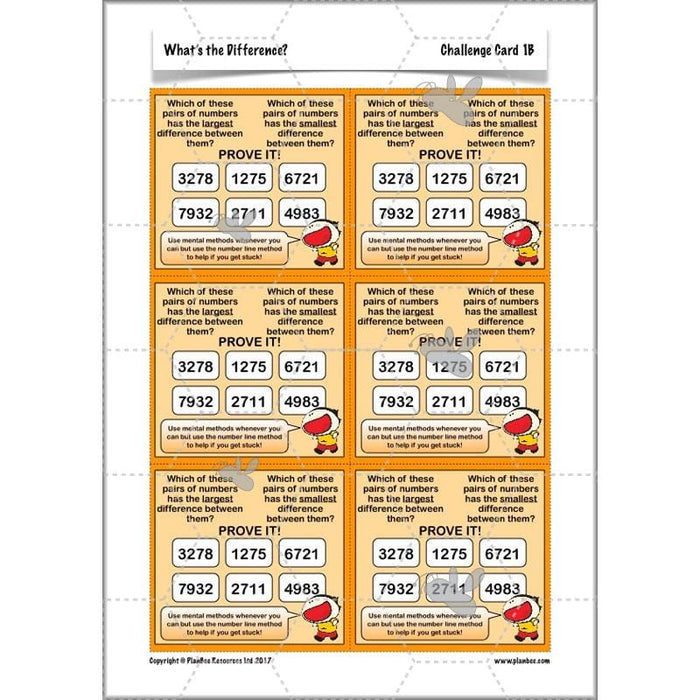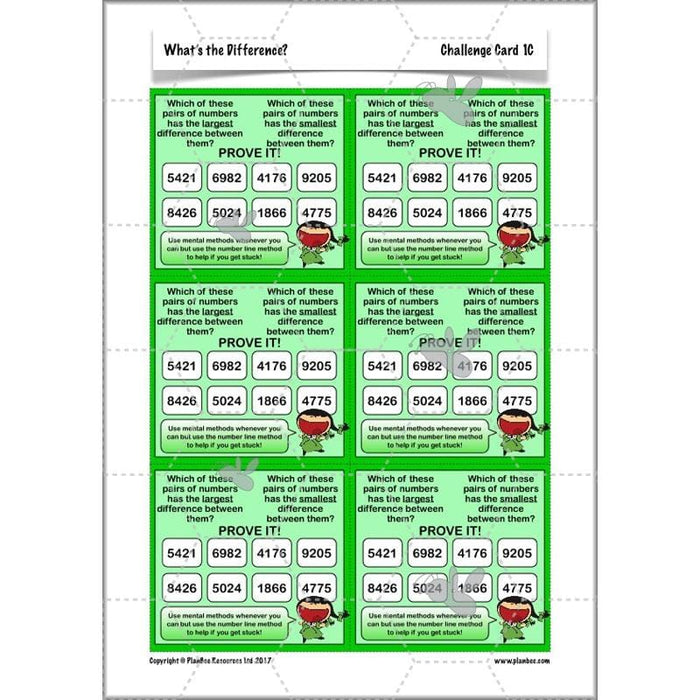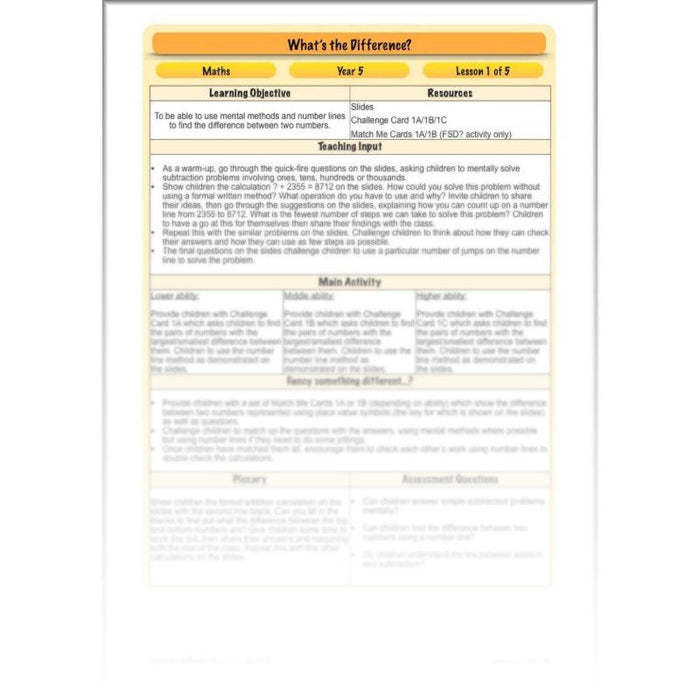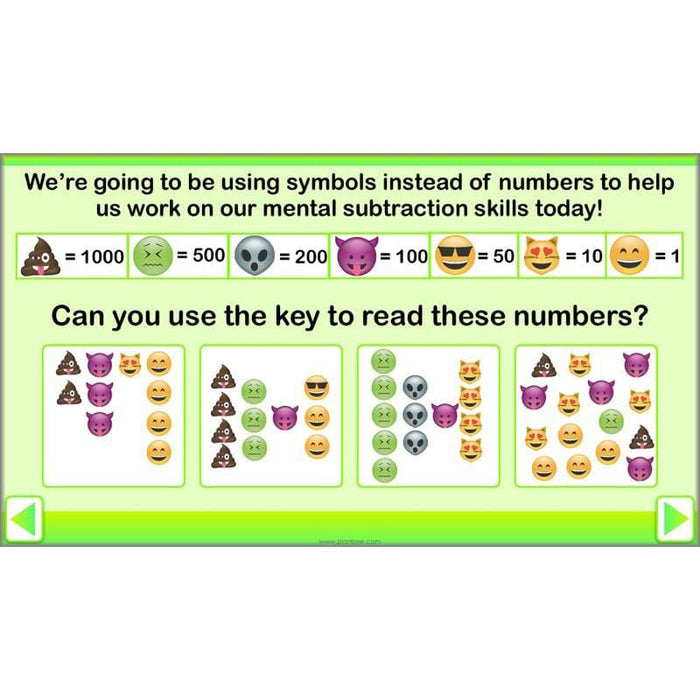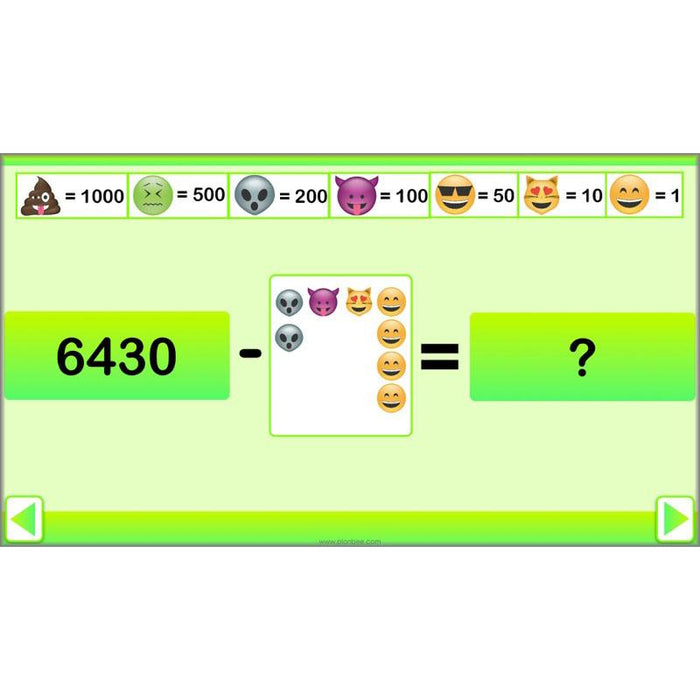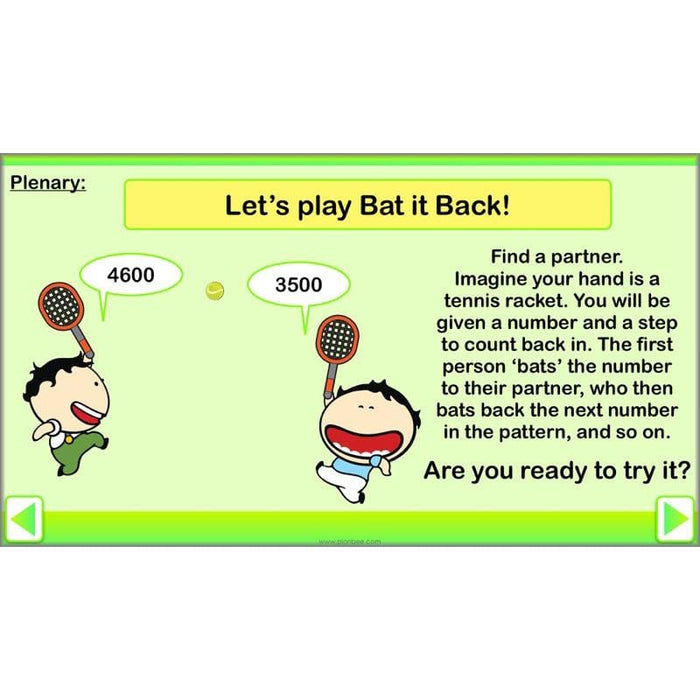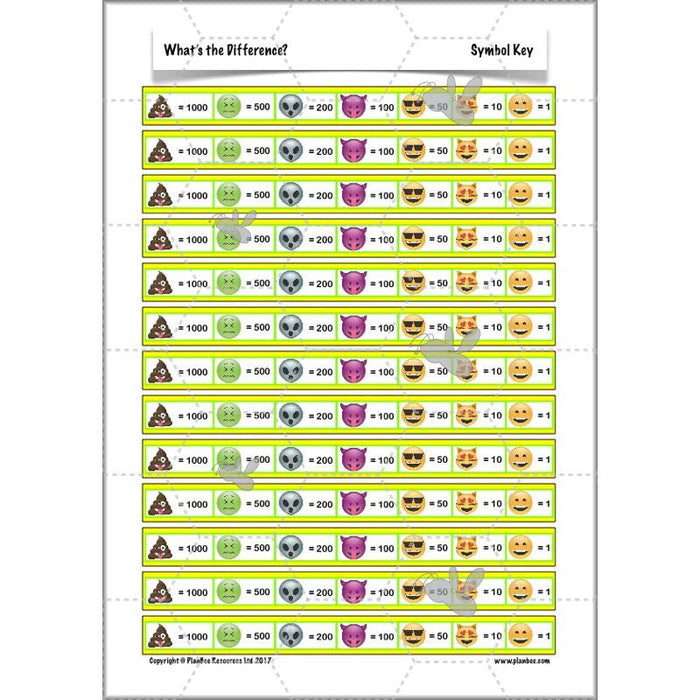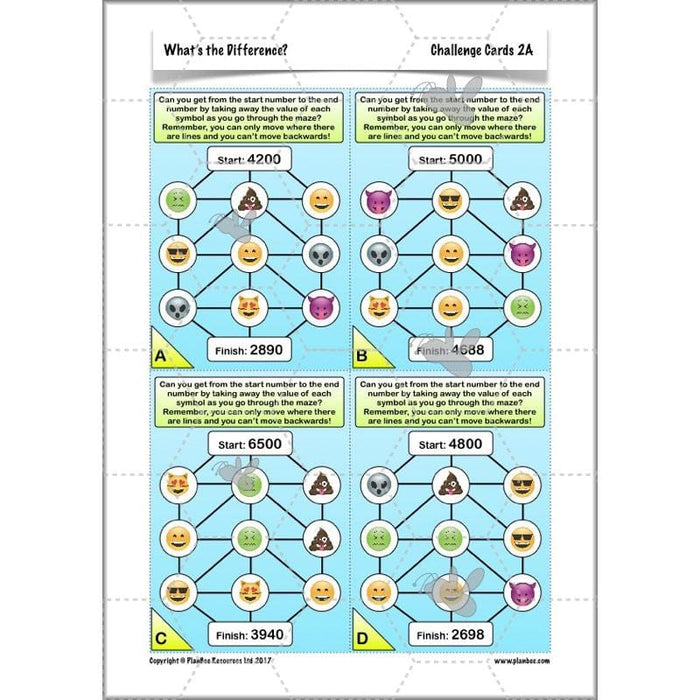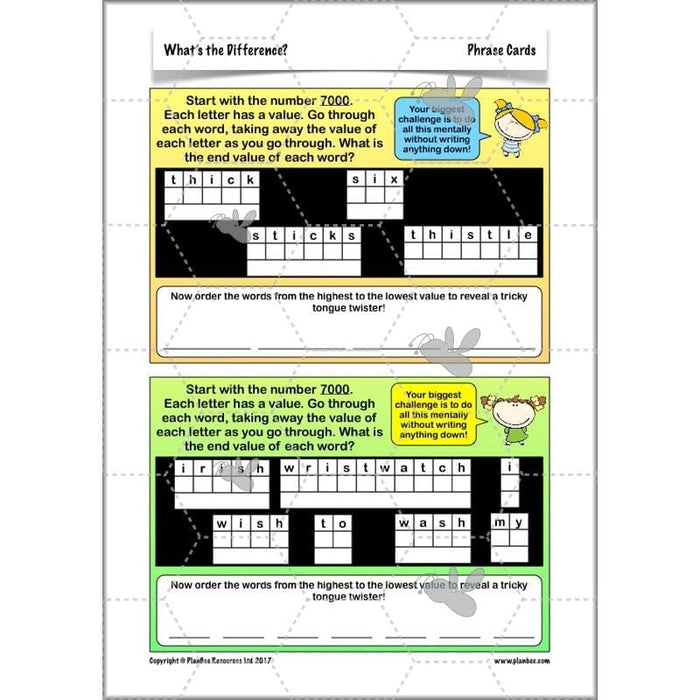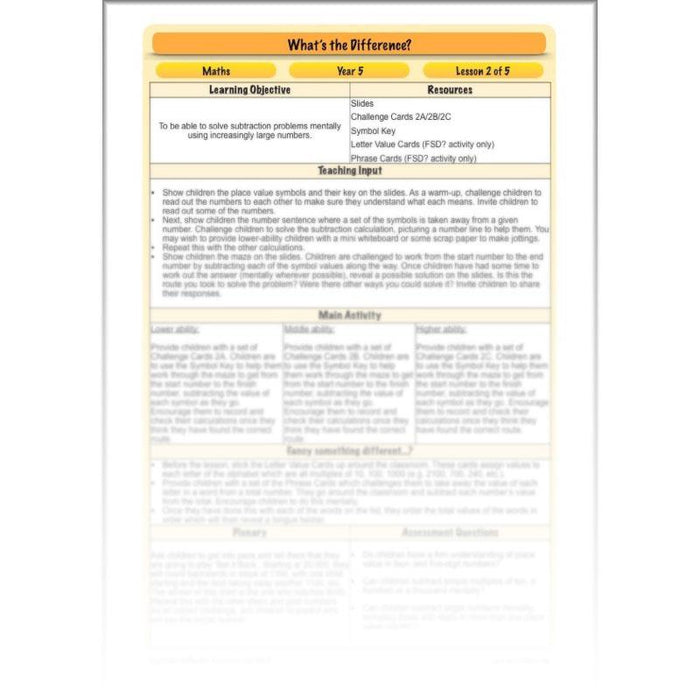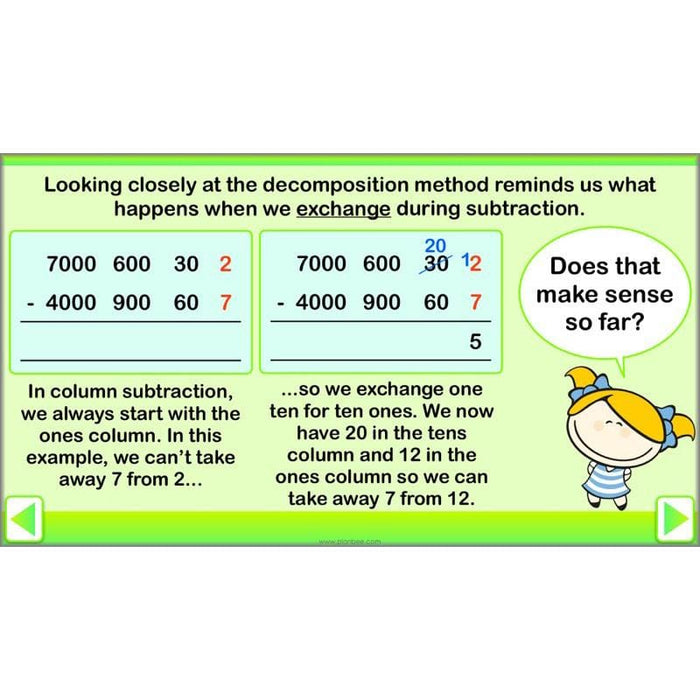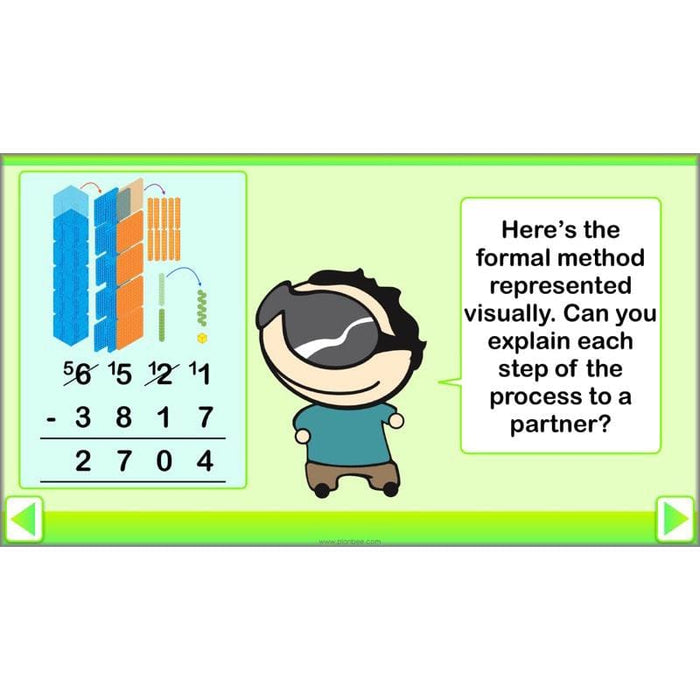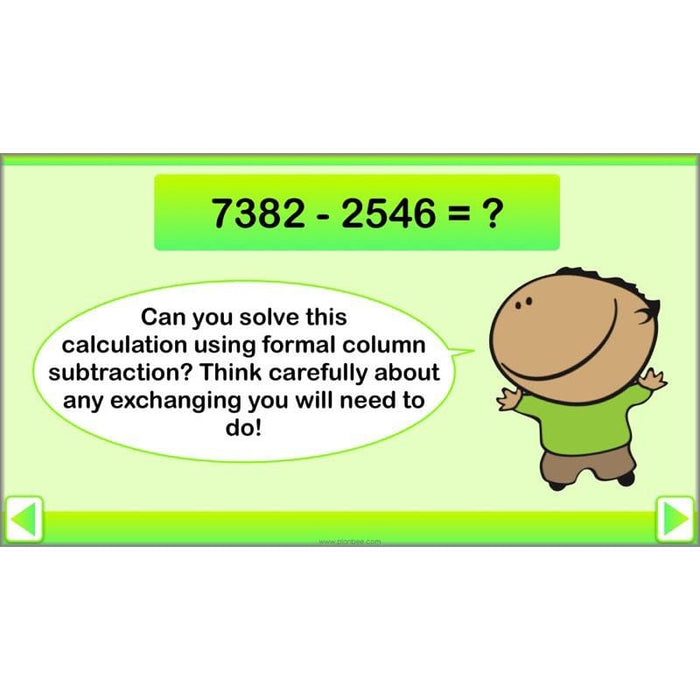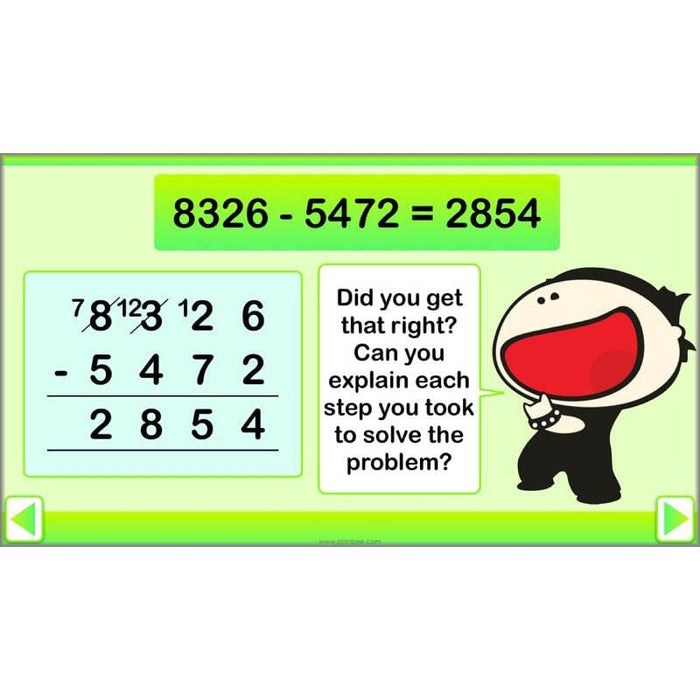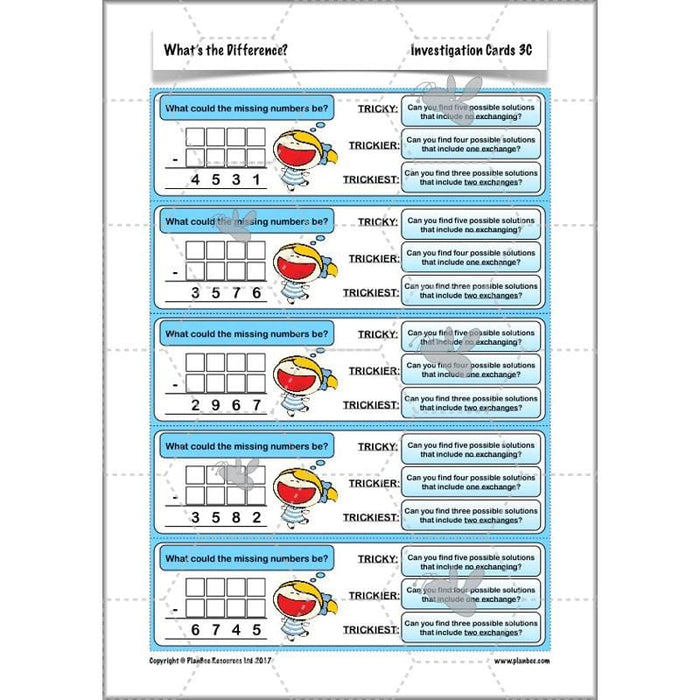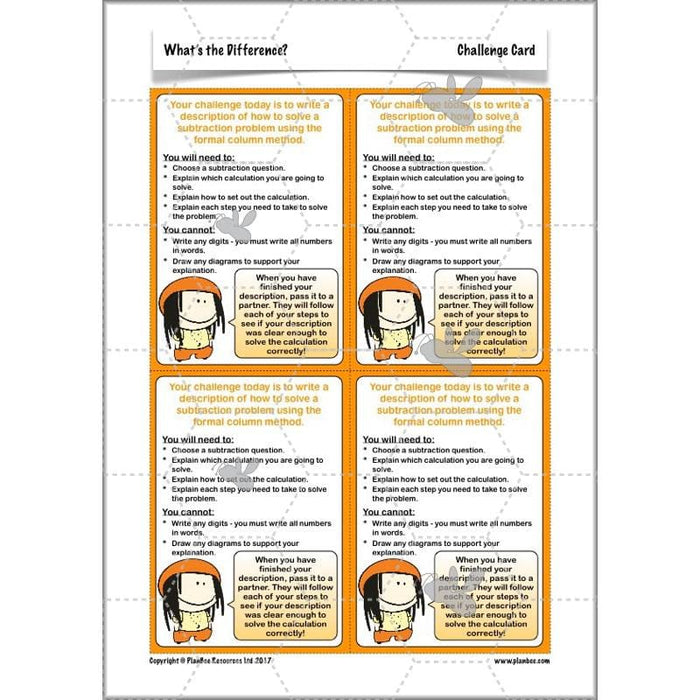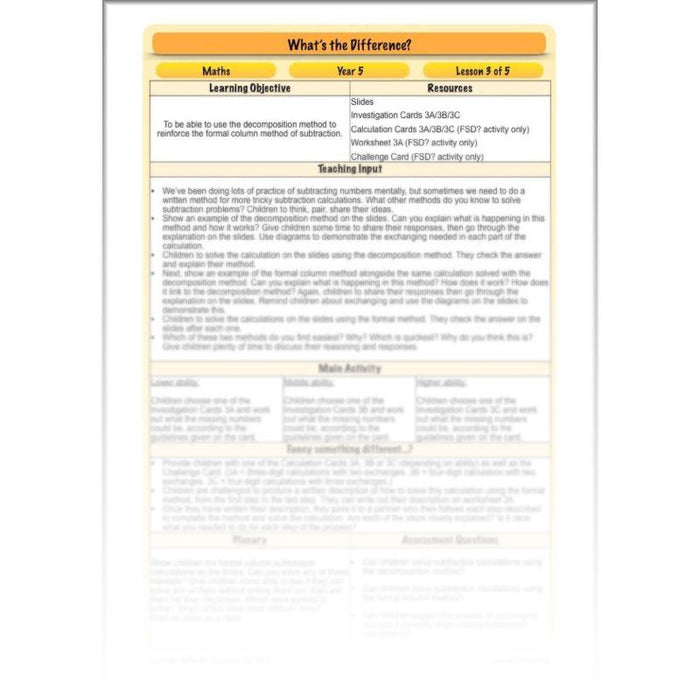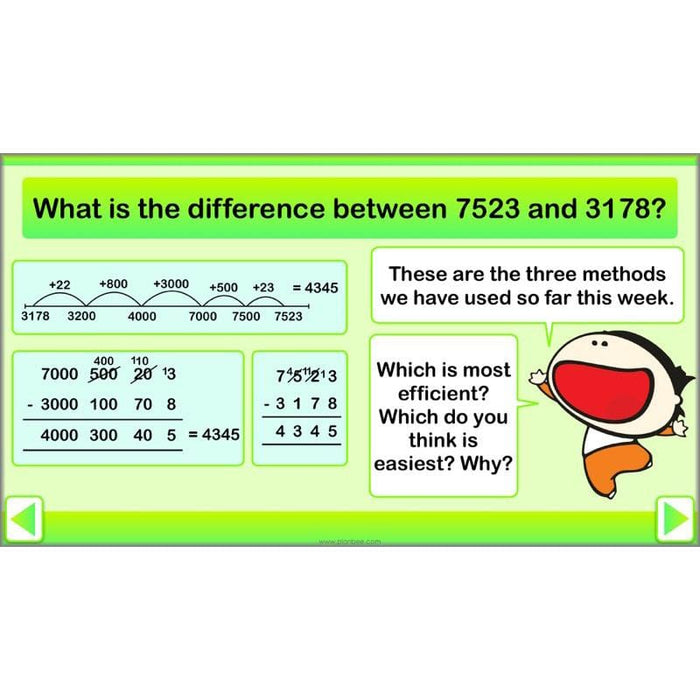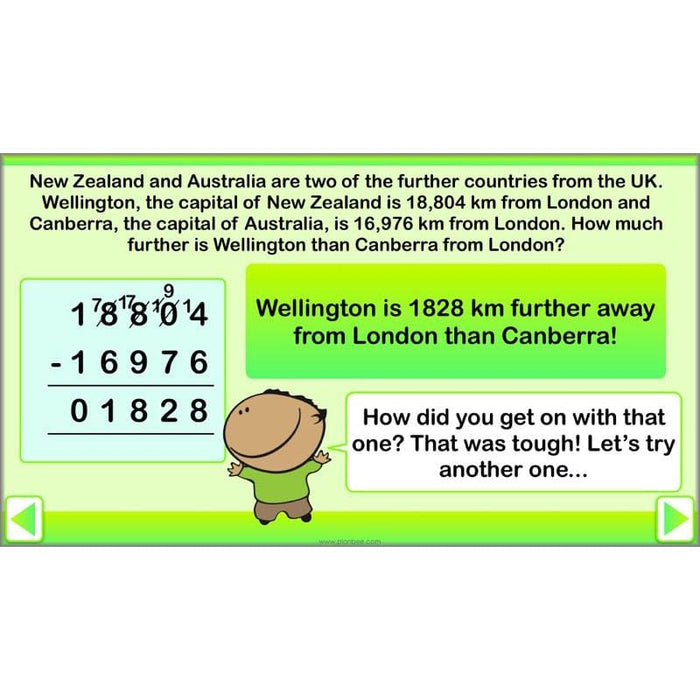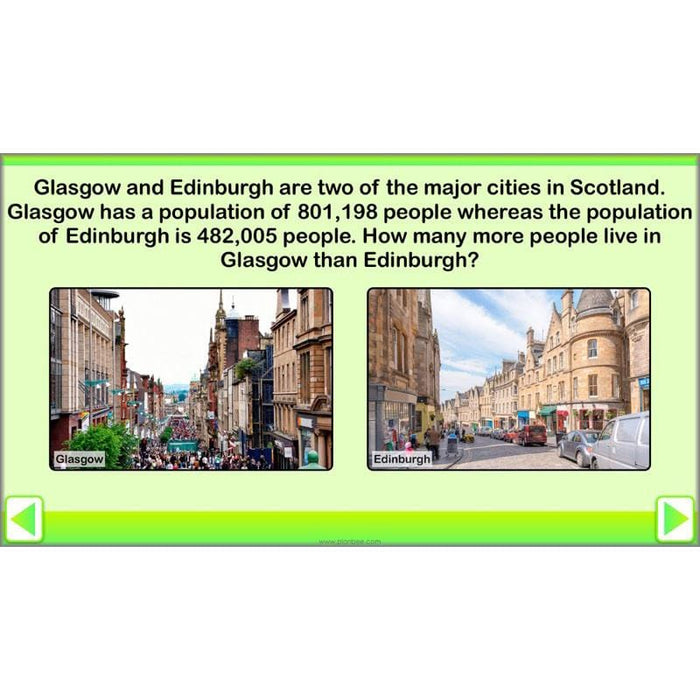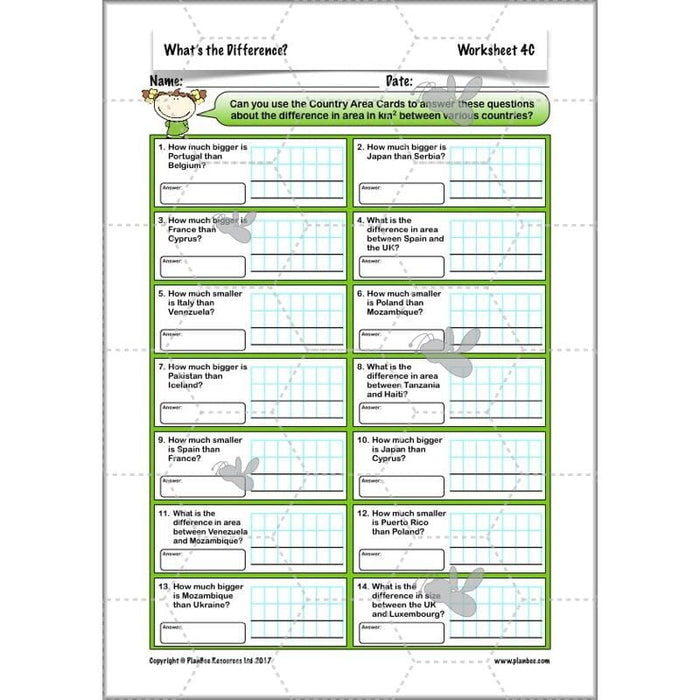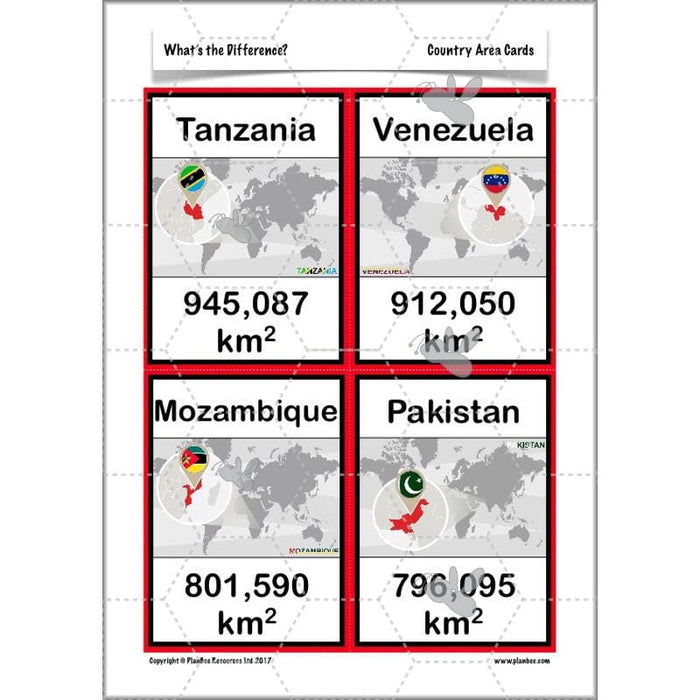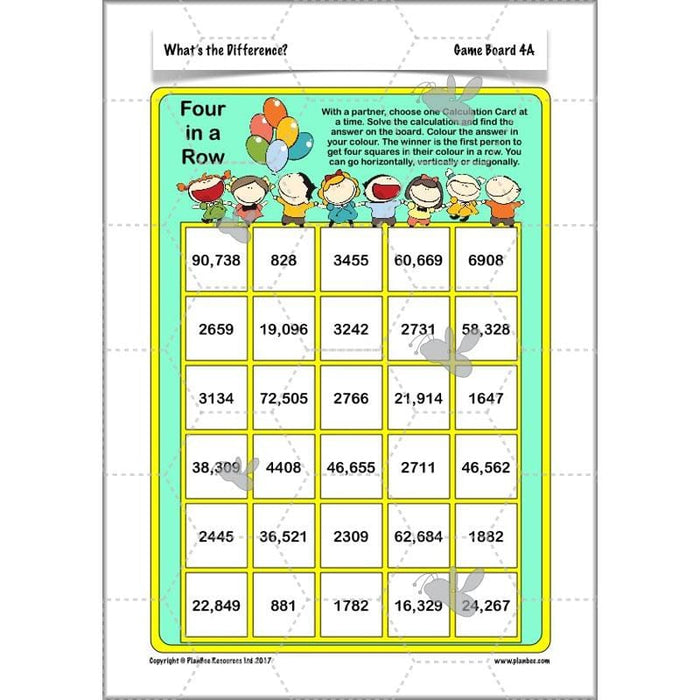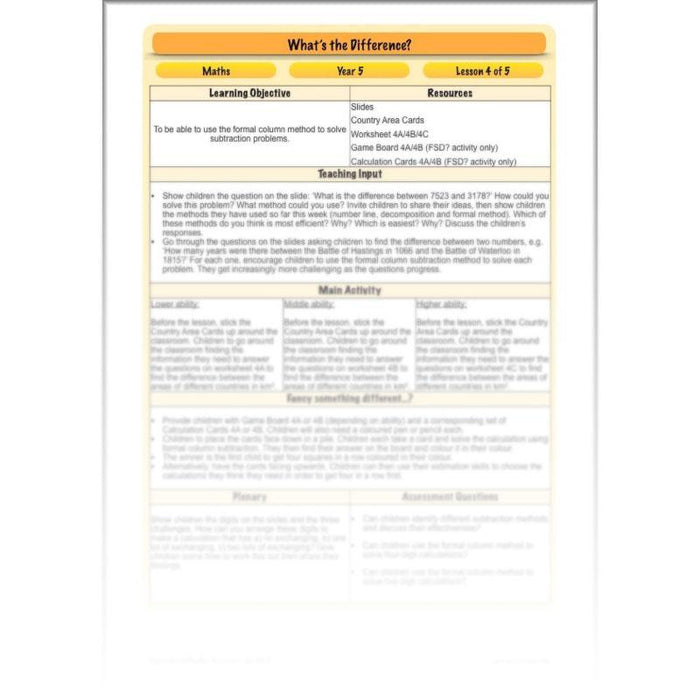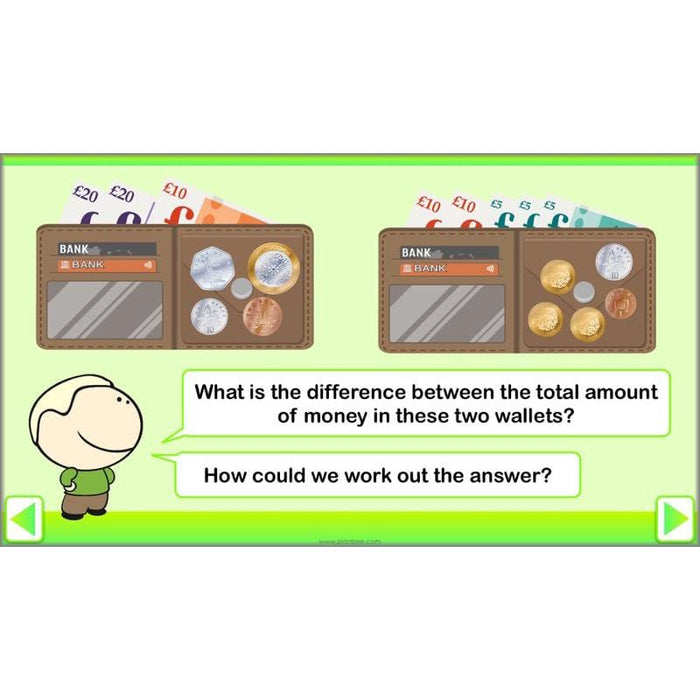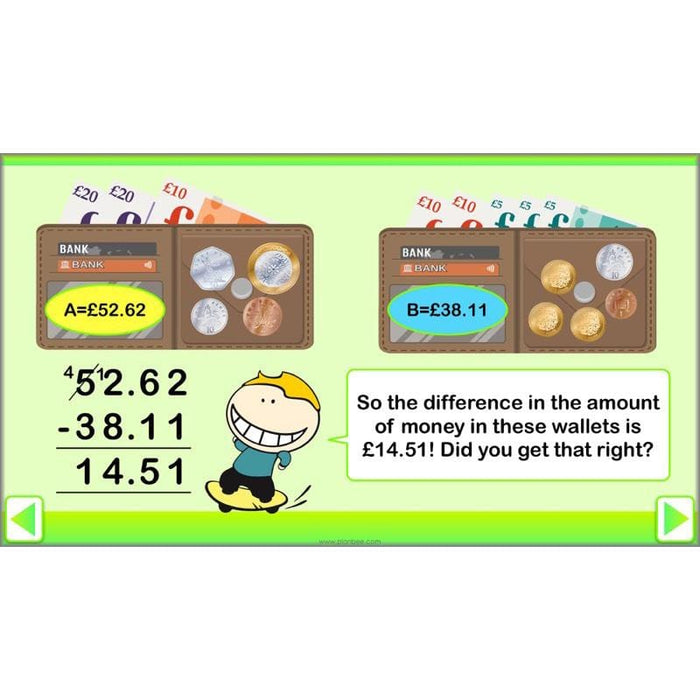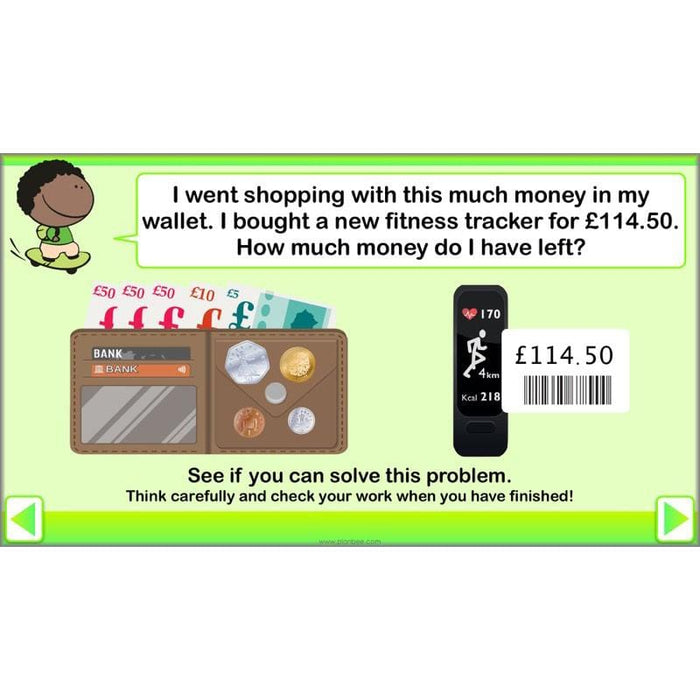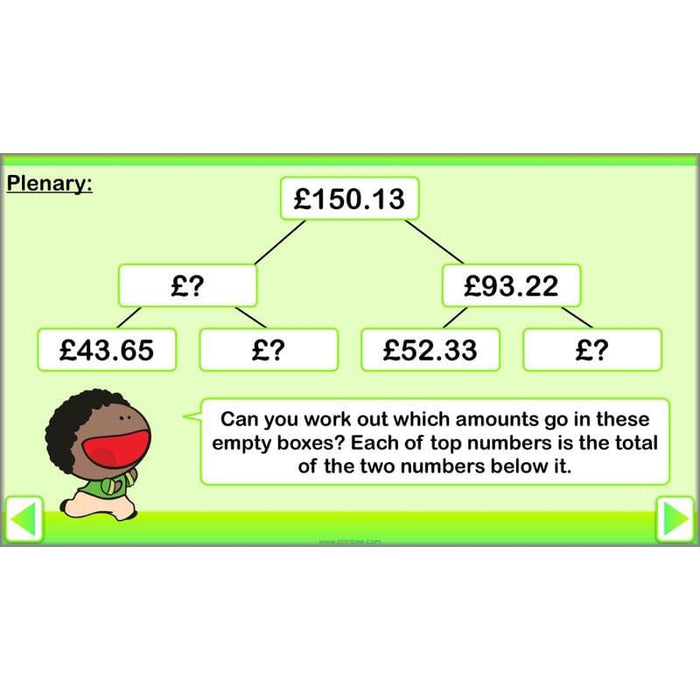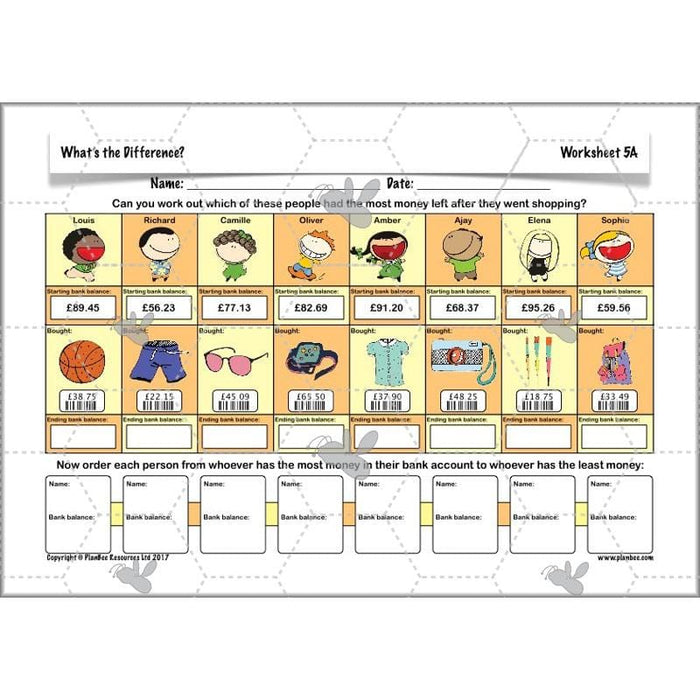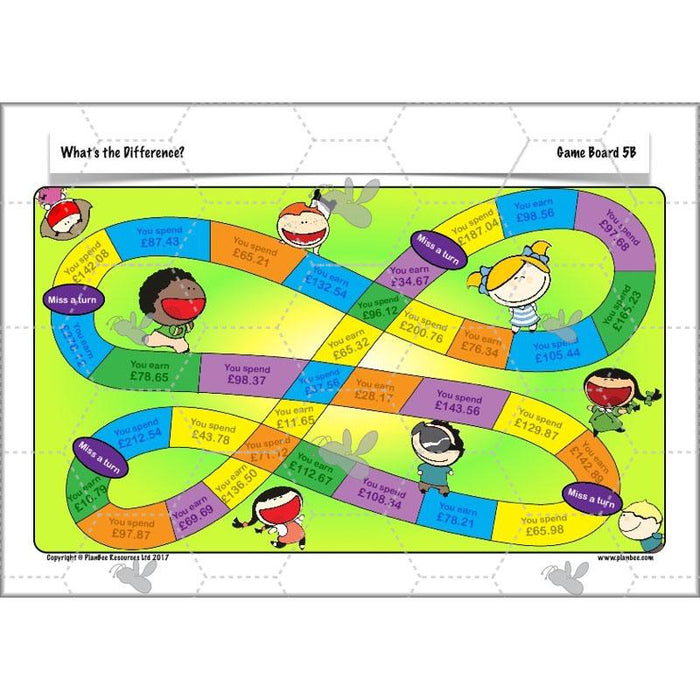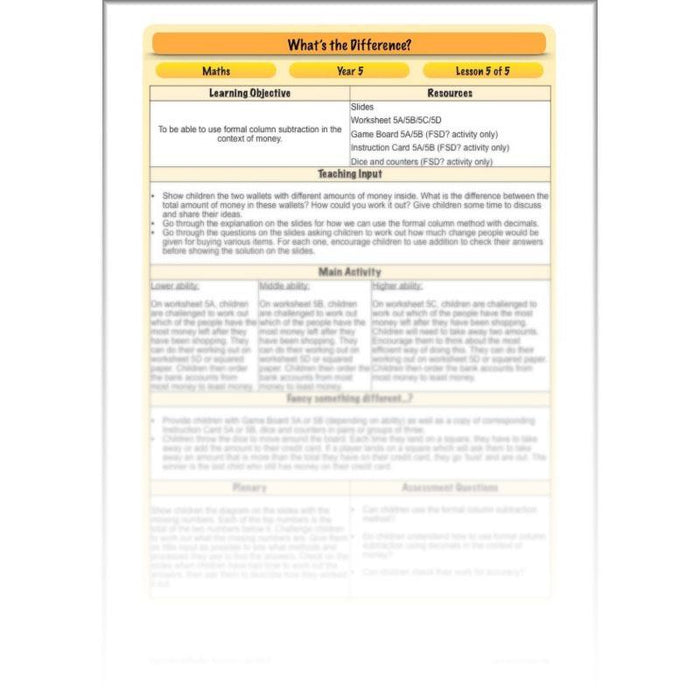#TheCompleteSeries5lessons
This KS2 Maths scheme of work contains everything you need for this whole week of Maths teaching, including lesson plans, slides, differentiated activities and a variety of printable worksheets, games, investigations and puzzles.
#Lesson1MentalJumps
This lesson starts off with some simple mental subtraction questions for the children to solve before exploring how counting up on number lines can help work out the difference between two numbers. They are encouraged to use as few jumps as possible to help develop their mental subtraction skills. During their independent learning, they can then either investigate finding the smallest and largest differences in sets of numbers, or work out the answer to subtraction questions when the answers are represented as symbols.
What's included:
- Lesson plan
- Slides
- Activity ideas
- Differentiated challenge cards
- Differentiated ‘Match Me’ cards
#Lesson2EmojiNumbers
This fun lesson replaces the numbers 1000, 500, 200, 100, 50, 10 and 1 with emoji symbols to help encourage your children’s mental subtraction skills. Children are given a set of symbols that they have to take away from a given number. They then need to work their way through a maze, taking away the value of each symbol as they do so, in order to get from one number to another. Alternatively, they can reveal some tricky tongue twisters by working out the value of different words when each letter is given a value.
What's included:
- Lesson plan
- Slides
- Activity ideas
- Differentiated challenge cards
- Symbol key
- Letter value cards
- Phrase cards
#Lesson3Exchanging
In this lesson, children will recap the decomposition method of subtraction, focussing particularly on what happens when we exchange. Problems are represented visually as well as numerically to support this. They then go on to compare and link the decomposition and formal column subtraction methods. During their independent learning, they will further enforce their understanding of exchanging through investigations or by writing out each step of a subtraction problem for a friend to solve.
What's included:
- Lesson plan
- Slides
- Activity ideas
- Differentiated worksheets
- Differentiated calculation cards
- Challenge card
#Lesson4TheFormalMethod
This lesson gives your class the chance to practise the formal method of column subtraction in the context of some real-life problems. The slides go through a variety of word problems in which children need to find the difference between two numbers, starting with four-digit numbers and gradually moving to five- and even six-digits as they become more confident. They will then either use subtraction to find the difference between the areas of different countries or play a game to support their fluency with column subtraction.
What's included:
- Lesson plan
- Slides
- Activity ideas
- Country area cards
- Differentiated worksheets
- Differentiated game boards
- Differentiated calculation cards
#Lesson5MoneyProblems
The final lesson in this series starts by challenging your class to work out how much money is in two wallets by counting the notes and coins. They are then challenged to find the difference between these two amounts using column subtraction. The slides explain how to use decimals within column subtraction and children are given plenty of opportunities to practise this during their independent learning, both through games and problems.
What's included:
- Lesson plan
- Slides
- Activity ideas
- Differentiated worksheets
- Differentiated game boards
- Instruction card
Free Overview (Medium-Term Plan)
Download a free overview to support your teaching of this scheme of work.
Free Assessment Grid
Download a free, editable assessment grid to support your teaching of this scheme of work.
Curriculum Objectives covered
- Year 5 - count forwards or backwards in steps of powers of 10 for any given number up to 1 000 000
- Year 5 - add and subtract whole numbers with more than 4 digits, including using formal written methods (columnar addition and subtraction)
- Year 5 - add and subtract numbers mentally with increasingly large numbers
- Year 5 - use rounding to check answers to calculations and determine, in the context of a problem, levels of accuracy
